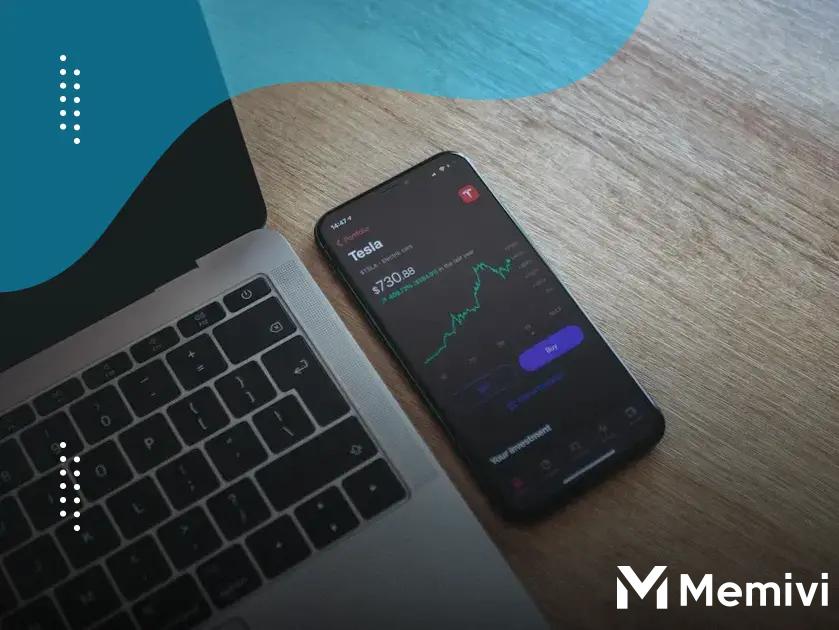
Using credit cards for cash withdrawals might seem convenient, but beware! The hidden costs of credit card cash withdrawals can add up quickly, catching many off guard. Understanding these fees, interest rates, and their impact on your finances is crucial. Before making that quick trip to the ATM, it’s important to be informed about these hidden pitfalls, as we’ll discuss in the following sections.
Understanding Cash Withdrawal Fees
When delving into cash withdrawal fees, it becomes imperative to comprehend the multiple layers these charges entail. These fees are commonly incurred when withdrawing cash advances from credit cards. While convenient, they often come with higher costs than conventional purchases.
The fees typically encompass a transaction fee, which is a percentage of the amount withdrawn or a fixed amount, whichever is higher. Additionally, interest rates on cash advances can be significantly higher compared to standard credit card purchases. These rates accrue from the day the cash is withdrawn, without any grace period.
Furthermore, it’s essential to understand the potential for added charges from ATM providers, especially if using an out-of-network machine. These additional fees can further inflate the final cost of accessing cash through a credit card.
Understanding these fees thoroughly aids in making informed financial decisions and avoiding the pitfalls of unexpected expenses. It’s crucial to read the fine print associated with your card issuer’s terms to mitigate any surprises.
The Impact on Your Credit Score
Credit card cash withdrawals can seem like a lifesaver in urgent situations, but they come with potential impacts on your credit score. When you withdraw cash from your credit line, it’s crucial to understand how this can affect your creditworthiness. Typically, this action raises your credit utilization ratio, which measures how much of your available credit you are using. Keeping this ratio low is important, as it’s one of the key factors in calculating your credit score.
Furthermore, frequent cash withdrawals can signal riskier financial behavior to creditors. This is because such transactions indicate that you might not have enough liquid cash available, thus relying heavily on your credit line to cover daily expenses. Credit scoring models may interpret these actions as signs of potential financial instability.
Additionally, cash advances do not come with a grace period. Interest starts accumulating immediately, which can lead to increased debt levels if not paid off promptly. This accumulation of interest can make monthly payments more challenging to manage, and if payments become late or missed, it can further impact your credit score negatively.
Being mindful of how often you use cash withdrawals and promptly paying back the advances can help mitigate their impact. It’s imperative to monitor your credit utilization and make timely payments to maintain a healthy credit score. By understanding these nuances, you ensure that your financial standing remains solid, even when you opt for the convenience of a cash withdrawal.
Alternatives to Cash Withdrawals
One efficient way to avoid the drawbacks of credit card cash withdrawals is to consider using a debit card instead. When you use a debit card for cash, the funds are directly taken from your bank account, bypassing interest charges and fees associated with credit card cash advances. This method can be more cost-effective for accessing cash.
Another alternative is to explore peer-to-peer payment apps such as PayPal, Venmo, or Cash App. These platforms allow you to send and receive money electronically without the need for physical cash, and often with lower or no fees compared to cash advances.
If you prefer personal interaction, consider visiting a bank branch or using a bank’s ATM. These institutions sometimes offer fee-free withdrawals for their account holders. Ensure you check the terms with your bank to avoid unexpected charges.
Credit Union Benefits

Many credit unions offer their members more favorable terms for cash withdrawals and related services than traditional banks. You might gain better access to cash without significant fees, which is particularly beneficial for members who frequently require withdrawals.
For those looking to minimize costs, planning and using a budgeting app can reduce the need for sudden cash advances. By tracking your expenses and preparing for upcoming costs, you can reduce the urgency for immediate cash.
Embrace cashless payment solutions like credit cards for purchases directly instead of withdrawing cash. This allows you to accumulate rewards points or cash back on transactions, which is not possible with cash advances.
Tips to Avoid Hidden Costs
Navigating the potential traps of credit card cash withdrawals can be a daunting task, but several strategic tips can help you avoid unforeseen charges. Start by setting up alerts for any cash transactions on your credit card. This will keep you informed in real-time whenever money is withdrawn, allowing you to act swiftly to avoid additional costs.
Additionally, always check the terms and conditions related to cash advances on your credit card. Hidden fees often lurk in these documents, so familiarize yourself with them to prevent surprises. It is also essential to review monthly statements carefully to spot any discrepancies or unexpected fees, and call the bank to clarify if needed.
Consider reaching out to your credit card provider to negotiate better terms. Sometimes, fees can be reduced or waived if approached properly. Also, it’s wise to keep a budget and limit cash withdrawals to what you can pay off immediately. This prevents high-interest charges from accruing, which can add up quickly. Lastly, use your credit card’s online tools, like budgeting apps, to monitor your cash withdrawals and spending habits closely.


 Demystifying the UK’s ‘Great Wealth Transfer’: What It Means for Young People. <p class='sec-title' style='line-height: normal; font-weight: normal;font-size: 16px !important; text-align: left;margin-top: 8px;margin-bottom: 0px !important;'> Demystifying the UK's 'Great Wealth Transfer' reveals its impact on future generations. </p>
Demystifying the UK’s ‘Great Wealth Transfer’: What It Means for Young People. <p class='sec-title' style='line-height: normal; font-weight: normal;font-size: 16px !important; text-align: left;margin-top: 8px;margin-bottom: 0px !important;'> Demystifying the UK's 'Great Wealth Transfer' reveals its impact on future generations. </p>  Understanding Your UK Credit File: What’s on It and How to Fix Errors. <p class='sec-title' style='line-height: normal; font-weight: normal;font-size: 16px !important; text-align: left;margin-top: 8px;margin-bottom: 0px !important;'> Learning the ins and outs of a UK credit file will help you make informed financial decisions. </p>
Understanding Your UK Credit File: What’s on It and How to Fix Errors. <p class='sec-title' style='line-height: normal; font-weight: normal;font-size: 16px !important; text-align: left;margin-top: 8px;margin-bottom: 0px !important;'> Learning the ins and outs of a UK credit file will help you make informed financial decisions. </p>  The UK’s Cost of Education: A Breakdown of School Fees and Saving for the Future. <p class='sec-title' style='line-height: normal; font-weight: normal;font-size: 16px !important; text-align: left;margin-top: 8px;margin-bottom: 0px !important;'> In this article, we will delve into various aspects of educational costs in the UK, offering insights into tuition, living expenses, and potential financial aid options. </p>
The UK’s Cost of Education: A Breakdown of School Fees and Saving for the Future. <p class='sec-title' style='line-height: normal; font-weight: normal;font-size: 16px !important; text-align: left;margin-top: 8px;margin-bottom: 0px !important;'> In this article, we will delve into various aspects of educational costs in the UK, offering insights into tuition, living expenses, and potential financial aid options. </p>